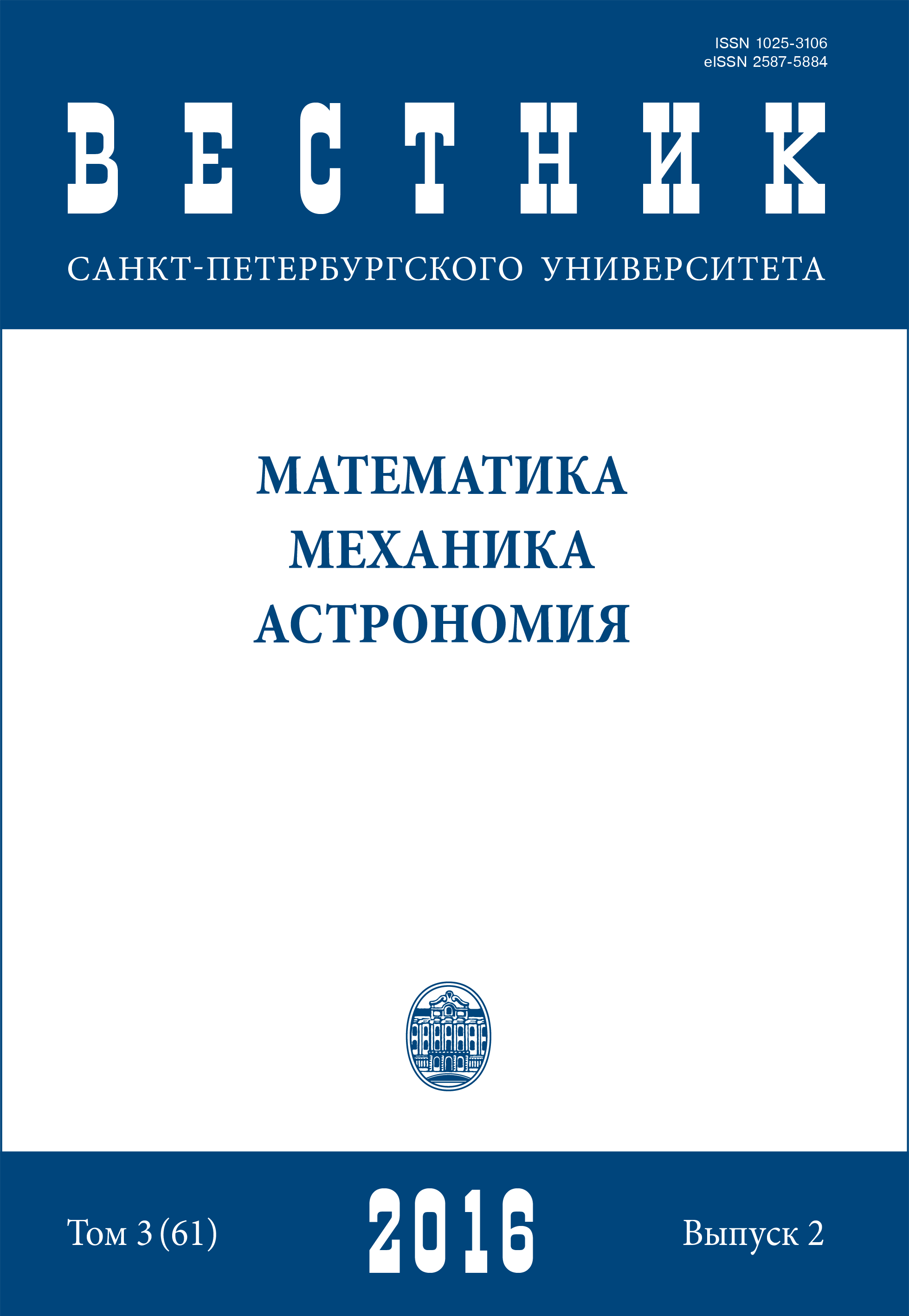О влиянии многоквантовых обменов на газодинамические параметры в релаксационной зоне за ударной волной
DOI:
https://doi.org/10.21638/11701/spbu01.2016.214Аннотация
В данной работе изучается влияние многоквантовых V T-переходов на параметры течения газа в релаксационной зоне ударной волны. Численно решается система уравнений поуровневой колебательно-химической кинетики и газодинамики, записанная в нулевом приближении метода Энскога—Чепмена. Коэффициенты скорости V T-переходов вычисляются на основании результатов траекторных расчетов Биллинга. Получены распределения гидродинамических переменных для смеси N и N2 с колебательной релаксацией и диссоциацией при различных условиях в набегающем потоке. Отмечается существенное влияние многоквантовых обменов на заселенности колебательных уровней и молярную долю атомов вблизи фронта ударной волны. При учете только одноквантовых обменов максимальная ошибка вычисления температуры составляет 10–12%, для скорости — не превышает 6–8%. Библиогр. 7 назв. Ил. 5.Скачивания
Библиографические ссылки
Литература
References
Загрузки
Опубликован
Как цитировать
Выпуск
Раздел
Лицензия
Статьи журнала «Вестник Санкт-Петербургского университета. Математика. Механика. Астрономия» находятся в открытом доступе и распространяются в соответствии с условиями Лицензионного Договора с Санкт-Петербургским государственным университетом, который бесплатно предоставляет авторам неограниченное распространение и самостоятельное архивирование.




